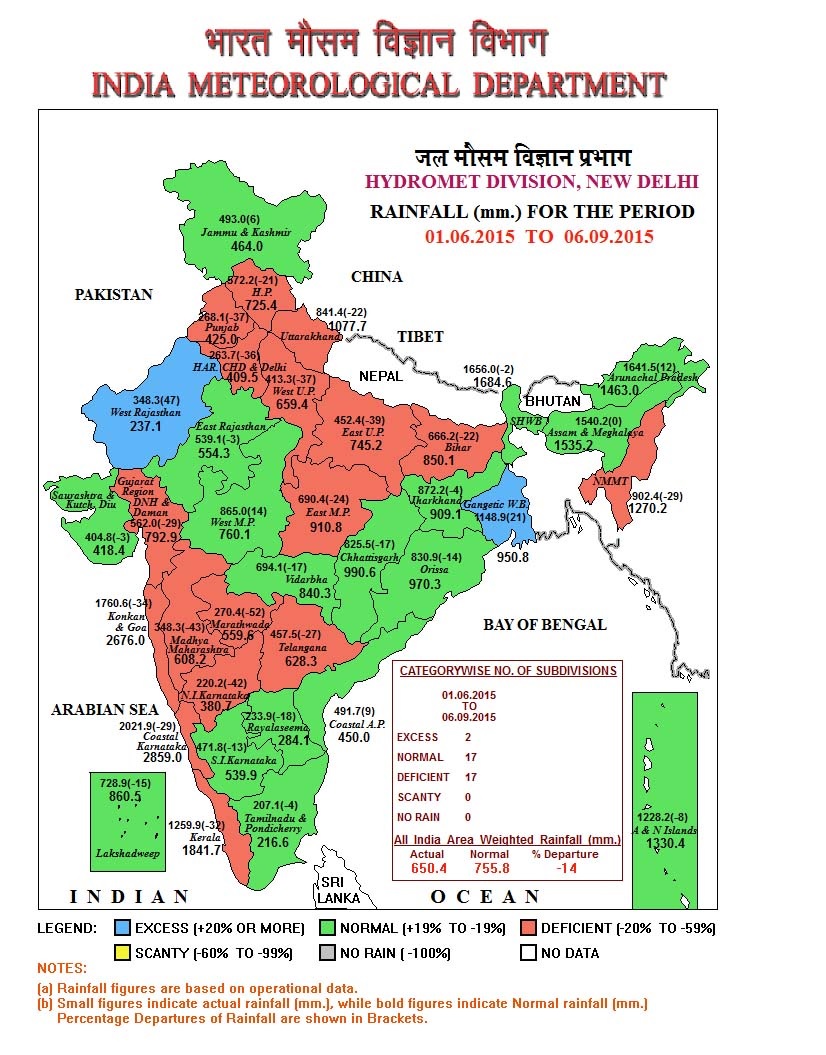Industrial and other Manmade Disasters
Cyclone Roanu: Wanes off India but creates havoc in Sri Lanka and Bangladesh
Posted on 24 May, 2016 09:44 PMIndia escapes impact of cyclone Roanu while it creates havoc in Sri Lanka and Bangladesh

The Dying Springs of Chirimiri'
Posted on 01 Apr, 2016 06:04 PMChirimiri Coalfield is a part of Central India Coalfields, located in Koriya district, Chhattisgarh.

Indigenous knowledge helps fisherfolk cope with floods
Posted on 03 Jan, 2016 05:39 PMDhemaji is one of the most flood-affected districts in Assam. Although the majority of its population depends on agriculture and sericulture, fishing and driftwood businesses are also practised on a smaller scale. People of Dhemaji are intimately associated with fish culture and capture for their livelihoods.
High frequency of floods and its effect on livelihoods

A thousand streams spring back
Posted on 15 Dec, 2015 12:58 PMGovind Ram has seen the worst and best that man can do to nature.

Undisposed toxic waste still haunts Bhopal’s groundwater
Posted on 02 Dec, 2015 03:06 PM“When cool air blows over the city and it rains in Bhopal bringing welcome respite to its people, I fear that toxic waste is spilling into its groundwater”, says Rajesh Kumar who shows me around the 68-acre plant site of Union Carbide India Limited (UCIL).

Monsoon 2015: Chinks in Chennai's infrastructure exposed
Posted on 19 Nov, 2015 09:34 PMChennai has historically been a water-starved region, but never rain-starved as it receives much of its annual quota during the northeast or ‘retreating’ monsoon between October and December. But this November was like no other.

Saaf Mathe Ka Samaaj: A treasure of essays on life and water
Posted on 19 Nov, 2015 01:04 PM‘Saaf Mathe Ka Samaaj’ is a compilation of 23 essays on people, land, air and water, on issues and concerns that plague them, and the deep and direct connect between society and the environment they live in. Anupam Mishra is a simple, down to earth man and a true Gandhian.

Adapting to floods and improving lifestyles could give us some clues to finding an alternative to embankments
Posted on 29 Oct, 2015 01:46 PMDr Molden, you have visited Dihiri in Dhemaji district and Borsala in Lakhimpur districts. Both these villages are the worst flood affected villages of the region. You also interacted with the communities in these two villages. What was the purpose of this visit? Please share your experiences.

Parched lips, barren lands and the scramble for water in Maharashtra
Posted on 13 Sep, 2015 07:44 AM

Nepal earthquake affected women more than men
Posted on 05 Sep, 2015 12:32 PMApril 25, 2015 dawned as any other ordinary day in Nepal. Until 11.56. Then, a massive earthquake of magnitude 7.9 rattled the country and shook its very foundation. The tremors travelled outwards from the epicentre at Barpak Gorkha district moving the earth, distorting buildings, causing convulsions on the ground and creating panic and mayhem all around.






